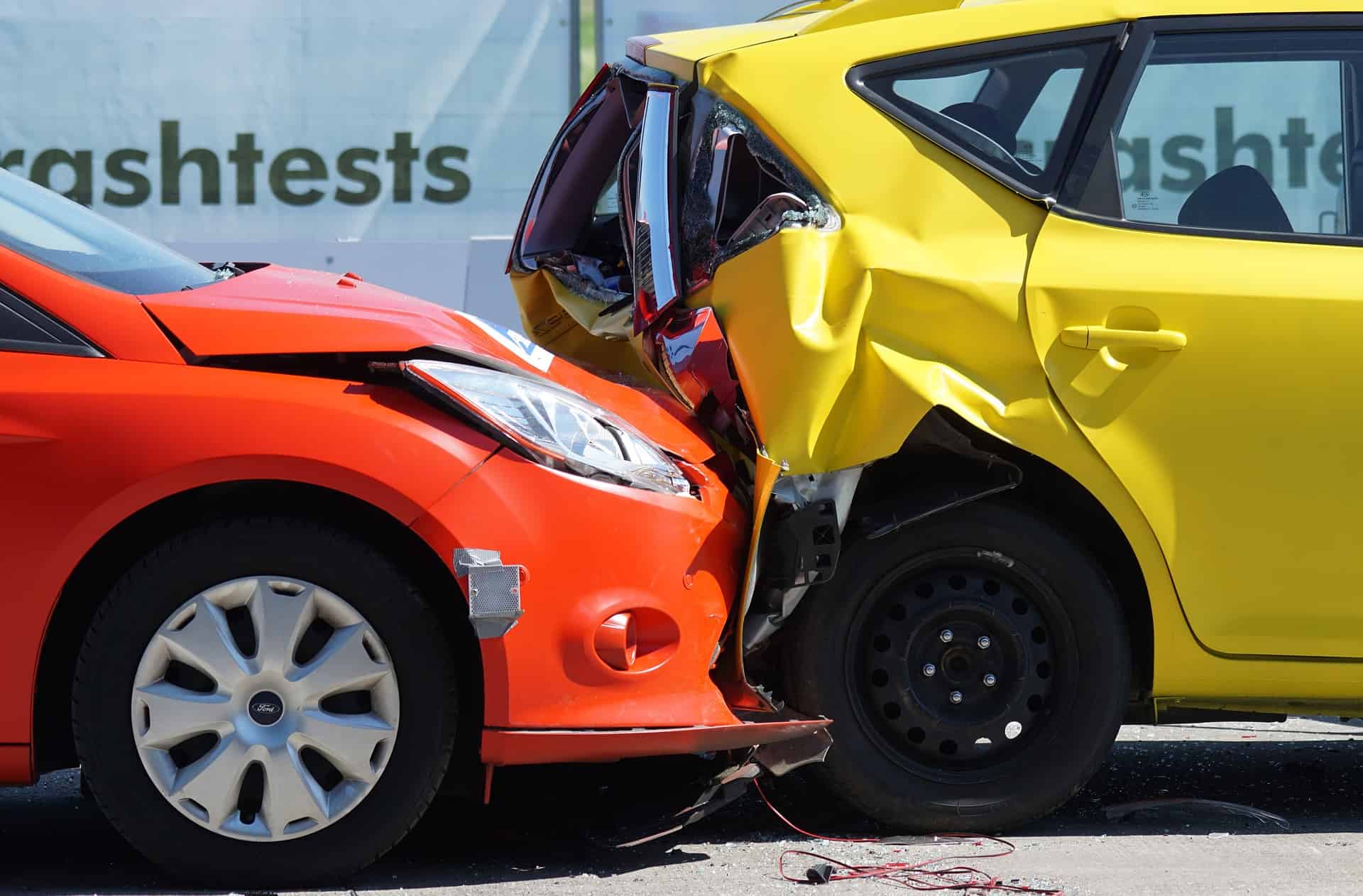There are about a million factors that go into buying a new car. In addition to price, mileage and preferences like leather over fabric seats, you also want to pay attention to a car’s safety rating. Most folks just assume their vehicle is safe enough, but by understanding how cars are rated for safety, we can ensure we’re making the best possible choices about our purchases. After all, when it comes to the health and safety of our most precious cargo, it makes sense to be as educated as we can be about our cars!
In the Beginning
It’s hard to imagine the world before car accidents. The first occurred in Ireland all the way back in 1869. Since then, experts have been working towards making cars safer and safer. It wasn’t until 1979, though, that the National Highway Traffic Safety Administration first began crash-testing vehicles. Using crash test dummies, the NHTSA tested cars for their frontal impact protection. By 1993, they introduced their now famous five-star safety rating in an attempt to better educate consumers about their options. Since then, additional testing of side impacts as well as an overall score have been added to the testing process.
The NHTSA aren’t the only ones rating cars for safety, either. The Insurance Institute for Highway Safety opened a Vehicle Research Center in 1992 to study the ways crashes impact various makes and models. Over the years, the Institute’s tests have become more and more sophisticated, with research into everything from the way the neck and spine react in whiplash scenarios to overlap frontal tests in cars with front crash avoidance technology.
The Need for Safety Ratings
The more popular something becomes, the more safety matters. Back when cars were a novelty for only the wealthiest of citizens, the few car accidents that occurred each year were simply chalked up to a hazard of driving. As cars grew in popularity and fell in price, however, more and more folks were exposed to these risks. It took many decades, but by the 1930s, many of the most popular car manufacturers were testing for safety. General Motors, for example, conducted the very first barrier crash test back in 1934.
Of course, self-regulation can only go so far in the auto industry. In the 1950s, the United Nations established the World Forum for Harmonization of Vehicle Regulations to help foster safety standards internationally. Under their supervision, important safety devices like the seat belt and roll cage construction were created. This group, along with other safety organizations around the world, helped to point out the inherent design flaws in many vehicles. Car safety was not a given, and word was being spread about the risks.
How Safety Ratings are Determined
The NHTSA performs a number of crash tests to help determine a given vehicle’s safety rating. All new cars on the market are subjected to front, rear and side impact tests. Front-end crash tests simulate real wrecks, with test cars of similar size colliding at speeds of around 35 miles per hour. Side impact collisions are tested using a barrier that slams into the side of the car. Even rollover ratings can be given to cars that undergo NHTSA testing. They determine how likely a car is to flip over by changing its directions suddenly on the track.
All of these crash test results are factored into the vehicle’s overall safety rating. Higher ratings are given to cars with accident avoidance technologies. This can include technologies such as a rearview camera, forward collision warning or lane departure warnings. Similarly, the IIHS conducts multiple tests to understand how well a car’s seats and headrests protect vehicle occupants. They also conduct accident prevention tests to understand how the car might perform when a driver is trying to avoid a last-minute collision.
Putting Safety Ratings to Work for You
The next time you shop for a new car, use safety ratings to help make an informed decision. Generally, the higher the score, the safer the car. It’s important to bear in mind, though, that crash tests typically involve collisions between cars of similar size. There’s no telling how your car might fare against a larger vehicle as cars are generally evaluated against the safety of similar vehicles in the same class. While you can safely compare the safety ratings of two compact cars, an SUV might end up being far safer than a convertible sports car.
It’s also key to remember that cars are just one aspect of dangerous driving. Bad road conditions can send even the safest of vehicles into collisions, particularly if the weather is also bad. Pay attention to safety ratings as you shop, but don’t rest too easily on the score of your final choice. Staying vigilant and driving defensively in a car highly-rated for safety is the best option for keeping your precious cargo protected.
Should you find yourself in an accident in spite of a great safety rating, Lawsuit Info Center can help. We’re here to keep you informed about your rights, the potential value of your damages and connect you with car accident lawyers in your area. To get started, give us a call at 877-810-4967.


